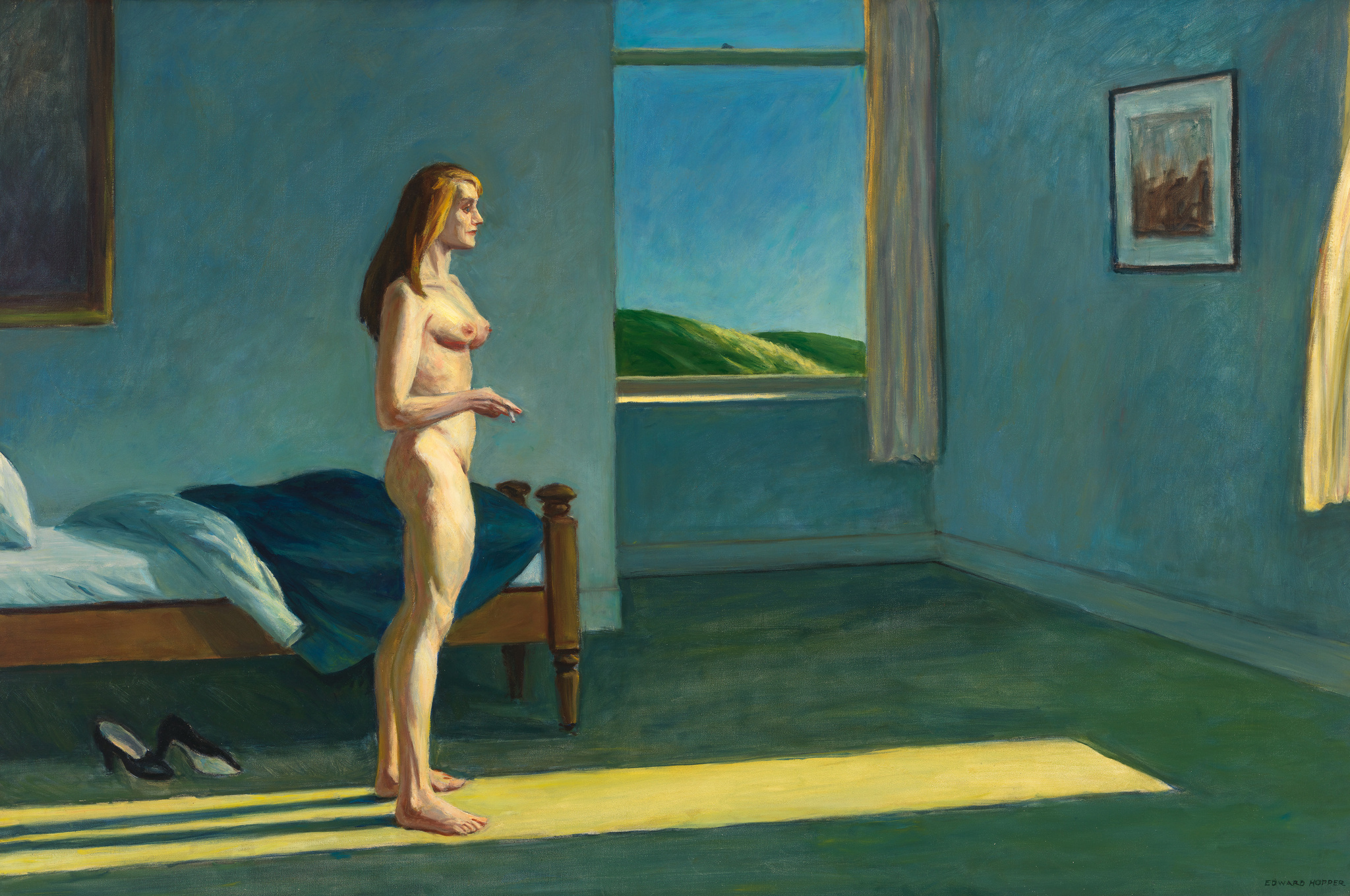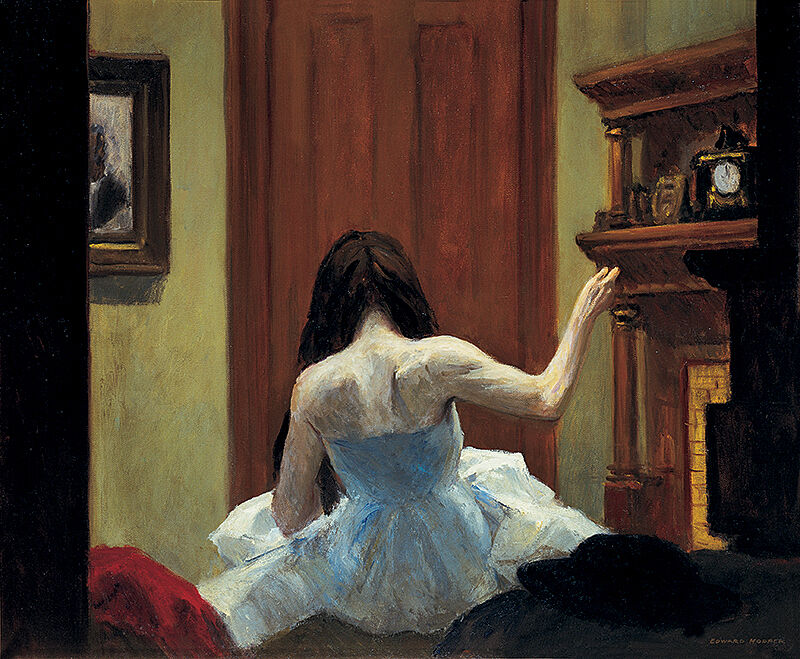Edward Hopper, Gas, 1940
Oct 28, 2010
0:00
Edward Hopper, Gas, 1940
0:00
Adam Weinberg: Whitney Curator, Barbara Haskell.
Barbara Haskell: The mood that permeates all of Hopper's paintings and becomes the kind of standard by which people view his work is this sense of isolation, not so much alienation, which is a word that's often used, but the sense that figures are isolated from their environment and lost in their own thoughts and that the primary existence of people is to be alone.
Adam Weinberg: But what is it in a Hopper painting—in this Hopper painting—that creates this sense of isolation? You might focus on the man standing alone. But it’s just as likely that you didn’t notice he was there at all. Or, that you can easily imagine that the sense of isolation would still be present even if he was not.
Barbara Haskell: It almost doesn't matter whether the figure is there. And in some of Hopper's pictures, he actually paints them out. In the end, he doesn't need them, that the quality of emptiness and silence creates this mood of introspection.


